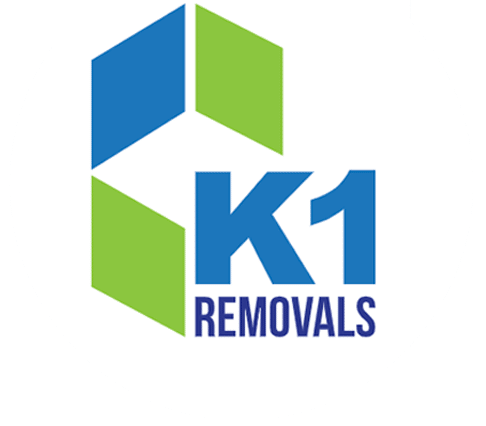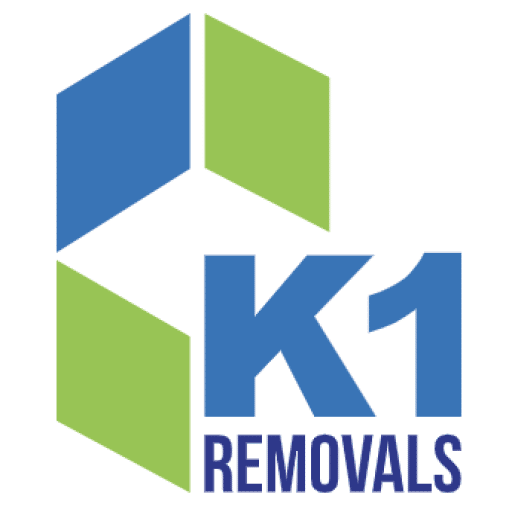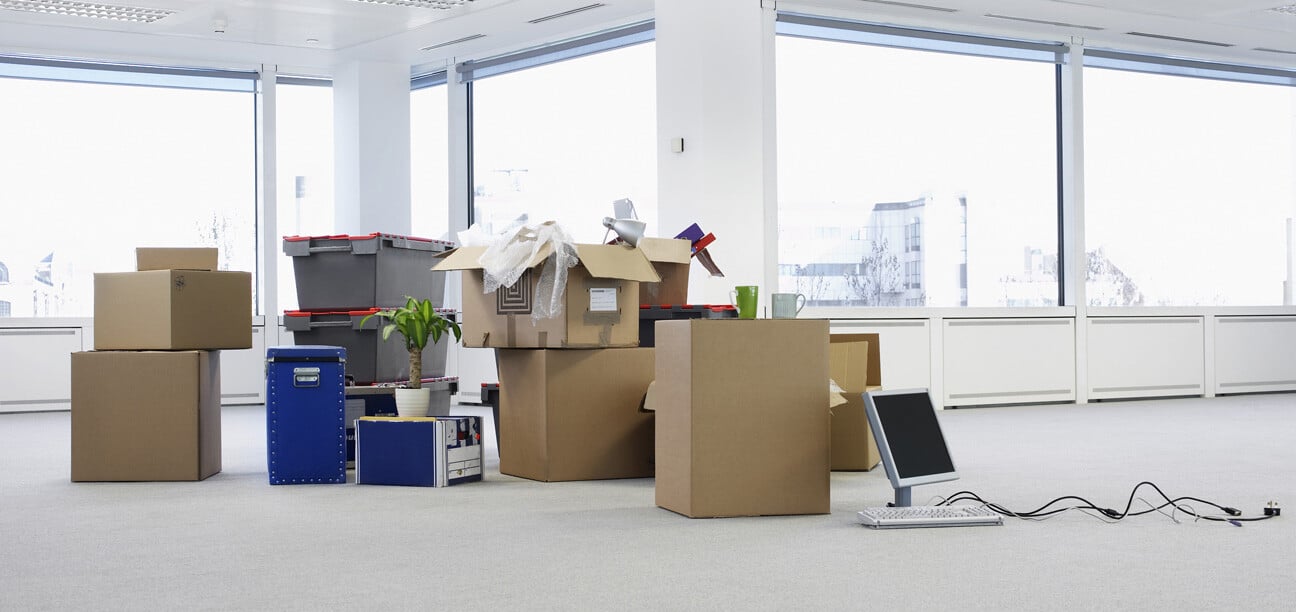Moving office can severely disrupt your business. While you might have outgrown your current premises or are looking to downsize, it’s important that your business continues to operate as usual. Therefore, it can help to have the right plan in place that can help you move with ease, precision and efficiency. Planning a move can come with its challenges but making sure you have access to the right checklist will enable your business to remain on track during the lead-up and throughout the move itself. So, our guide to office moving can help you to make your office relocation as stress-free for you and your employees. With our tips and the help of a leading moving company, you can ensure that you make the right decisions every step of the way.
6 Months Before Your Move
Six months before the move might seem like a lifetime before you actually move but there is a lot to consider at this point.
- Look at your existing lease. Regardless of whether it is office space or commercial space, you should determine whether you are likely to be hit with any fees for breaking your lease early. Furthermore, are you likely to have to take responsibility for any damages?
- It’s time to begin obtaining quotes from companies that can help you manage the move. Planning a move takes time and should you need the help of removal experts, then it makes sense to get things in order. So, get in touch with companies to determine costs and to see how prices compare across different moving companies.
- Put a budget in place as this will enable you to make informed decisions. You will need a plan that will enable you to determine what things cost and how they fit within your budget. Will you need storage space? Will you want your moving company to take care of everything for you? A budget plan will give you clarity from the beginning.
- Perhaps it makes sense to put a planning team in place. With the help of a team, it keeps everything organised and can help your business to operate as normal as possible during the move
3 Months Before Your Move
Even three months before the move, you will need to make sure that everything is starting to take shape.
- You should make sure that you confirm a moving date once your new office space has been confirmed. This will mean that your moving company will firm the date in the diary and get everything in place to begin the process.
- Your current landlord might need confirmation that you are no longer planning to leave but are actually leaving. This can help to inform them of the date from which your lease is terminated.
- Now it’s to put your planning team into action to create a moving plan that enables them to get things moving. This checklist will include those who are involved, what actionable items will need to be carried out such as arranging phone lines and your internet connection.
- Moving requires precision coordination, so you should ensure you assign leaders to handle the move. You can then give individual tasks to certain people so that they all know what their role is.
- Inform all of your employees that your company is moving premises. This will enable them to prepare for the new premises and even think about their responsibilities prior to moving.
- It’s especially important to inform suppliers, partners and all other parties associated with the company that you are moving. You can provide your new contact information and even inform them of how project deadlines might be impacted.
- Now is the time to consider what special items of equipment you need to make provisions for. It’s important to get things in place regarding this as you might need special assistance to move items such as hazardous materials or even your IT systems.
- An interior designer might be required in your new premises so now could be the time to think about this as you want to make sure that your office is ready to support your business and employees once you move in.
- Perhaps you will need more equipment or you need to replace equipment as part of the move. If this is the case, now is the time to begin considering the equipment you require.
1 Month Before Your Move
- So, your office move is edging closer but now this is the time when your move plan becomes extremely useful. At this point, it’s vital that you create an inventory for your movers to follow and for you to manage what furniture, equipment and office suppliers will move with you. You can break the lists down into sections but ensure you label and tag everything, as you don’t want to misplace items during the move.
- You should also collect your moving supplies which will mean that you will need to find boxes, packing tape and labels, all of which can be provided by your moving company.
- Inform utility companies that your move is imminent and ensure that they transfer your existing account over to your new premises.
- Communication is vital and it’s important that customers and suppliers know your new address. Send an email to everyone you can to let them know that your company is moving.
- You will also need to update any websites that you have created, ensuring all information is updated and changed to your new company details.
1 Week Before Your Move
- One week before you move, you should visit the property you are moving to ensure that everything is in place and ready for your move.
- Now it’s time to review your moving schedule so when your movers arrive, you know exactly what is expected of them and them of you. You can identify who needs to be available to let them in and who will be onsite during the move before locking up.
- It is at this point that employees should be asked to pack up their personal belongings and ensure that they are responsible for removing them.
- If you are worried that you won’t have enough packing materials then now is the time to get more, you want to avoid panic on the day of moving when you realise that you don’t have enough packing materials.
1 Day Before Your Move
- Now is the time to ensure you are finished packing and your final pieces of crucial equipment to be packed up.
- You should now gather security cards and keys before relocation and make sure they are deactivated.
Moving Day
- Make sure all the lights are on in your new premises so that everyone can see what they are doing as this will avoid issues and mistakes and it will make sure that everything works.
- As things are moved into your new premises, you can now begin to follow your moving plan as that will help you determine where your furniture and equipment will be placed.
- Now is the time to walk through your old office to look for damage and make a note of anything that might stand out.
New Office
- Once you are in your new office, it is time to test all of your equipment such as your phones, Wi-Fi and your IT systems. This will enable you to make sure that everything works.
- Now you can confirm the termination of your old lease and check that all of your clients and partners are informed of the move.
- You can then start requesting employees to begin unpacking and removing tags unless your professional movers have taken care of this for you.


